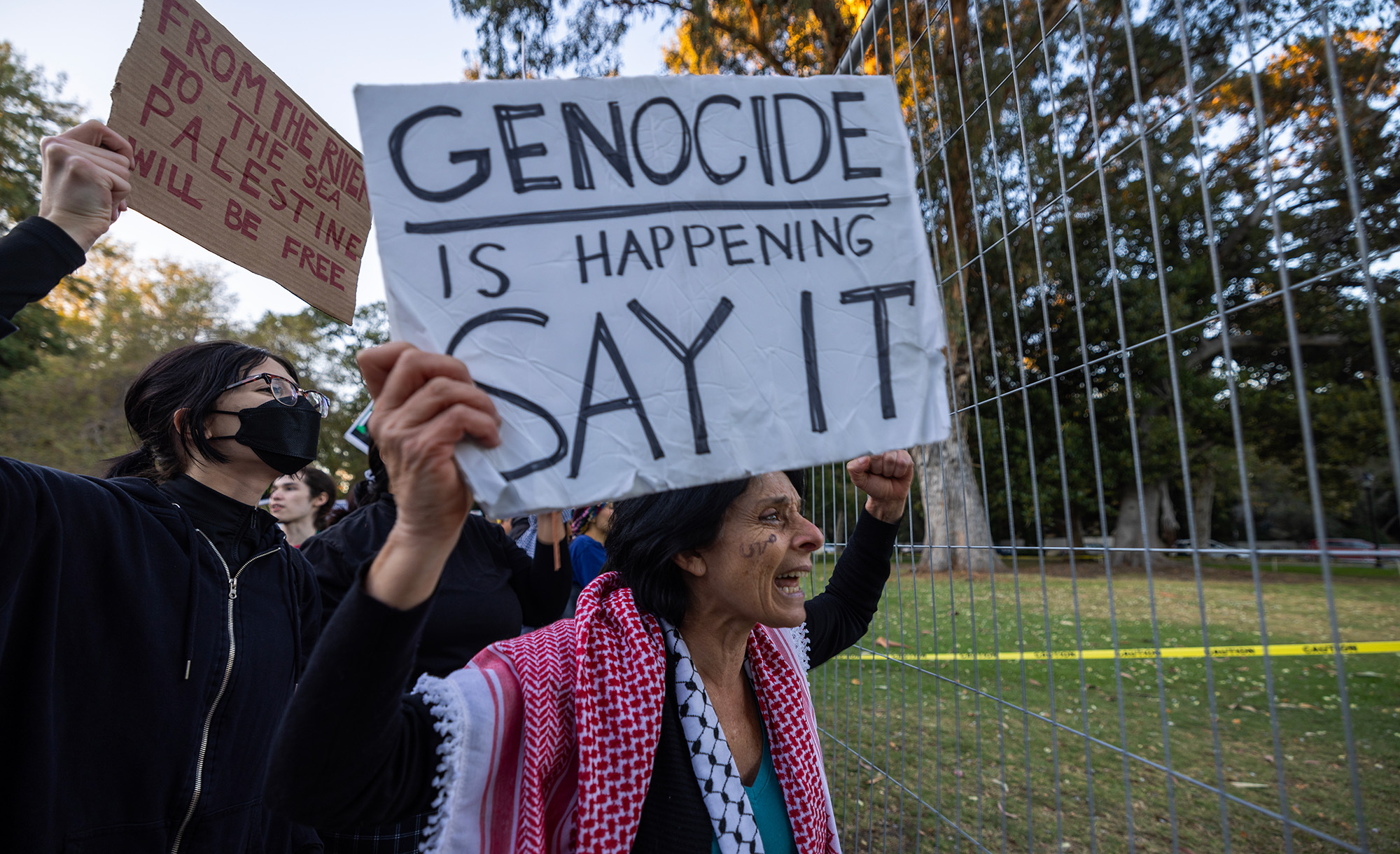Among the many documents that have been discovered in the famed Cairo Genizah—the storage room for sacred texts in the Ben Ezra synagogue—is but single sheet of parchment, measuring 16.3 by 12 centimeters, and known formally as Genizah MS 17. Alexandra Trachsel tells its story:
Genizah MS 17 is what we call a palimpsest. . . . The word palimpsest is a transliteration of the Greek word palimpsēstos. It literally means “scraped again,” from palin “once more” and the verb psaō, “to scrape.” The term describes a sheet of parchment that has been prepared for reuse by scratching off what was originally written on it so that a new text can be written on top of it.
This document’s presence in the Cairo Genizah is explained by the later-added “upper script.” The Hebrew text has been deciphered as a pair of liturgical poems (piyyutim). As sacred texts, these could not simply be thrown away, so they were stored in the Genizah to await ritual burial. Yet the now “lower” first text is not of Jewish origin, and is an extract of a martyrological text that tells of how a Christian named Plato (no relation to the philosopher: in the Greek Orthodox tradition he is known as Saint Plato the Great of Ancyra) refused to worship the pagan gods and was put to death.
This latter text has been identified as an excerpt from an anonymous Byzantine version of the Passion of St. Plato of Ancyra. . . . Analysis of the handwriting [allows] us to date this document to the late 5th or early 6th century CE. The writing style also suggests that the codex from which this leaf was taken was probably produced somewhere in the eastern half of the Mediterranean basin. Beyond this we cannot reasonably speculate further. There is no evidence whatsoever to help us understand how this text ended up in a Jewish community that reused the parchment to write down some liturgical poetry.
More about: Cairo Geniza, Manuscripts, Piyyut


